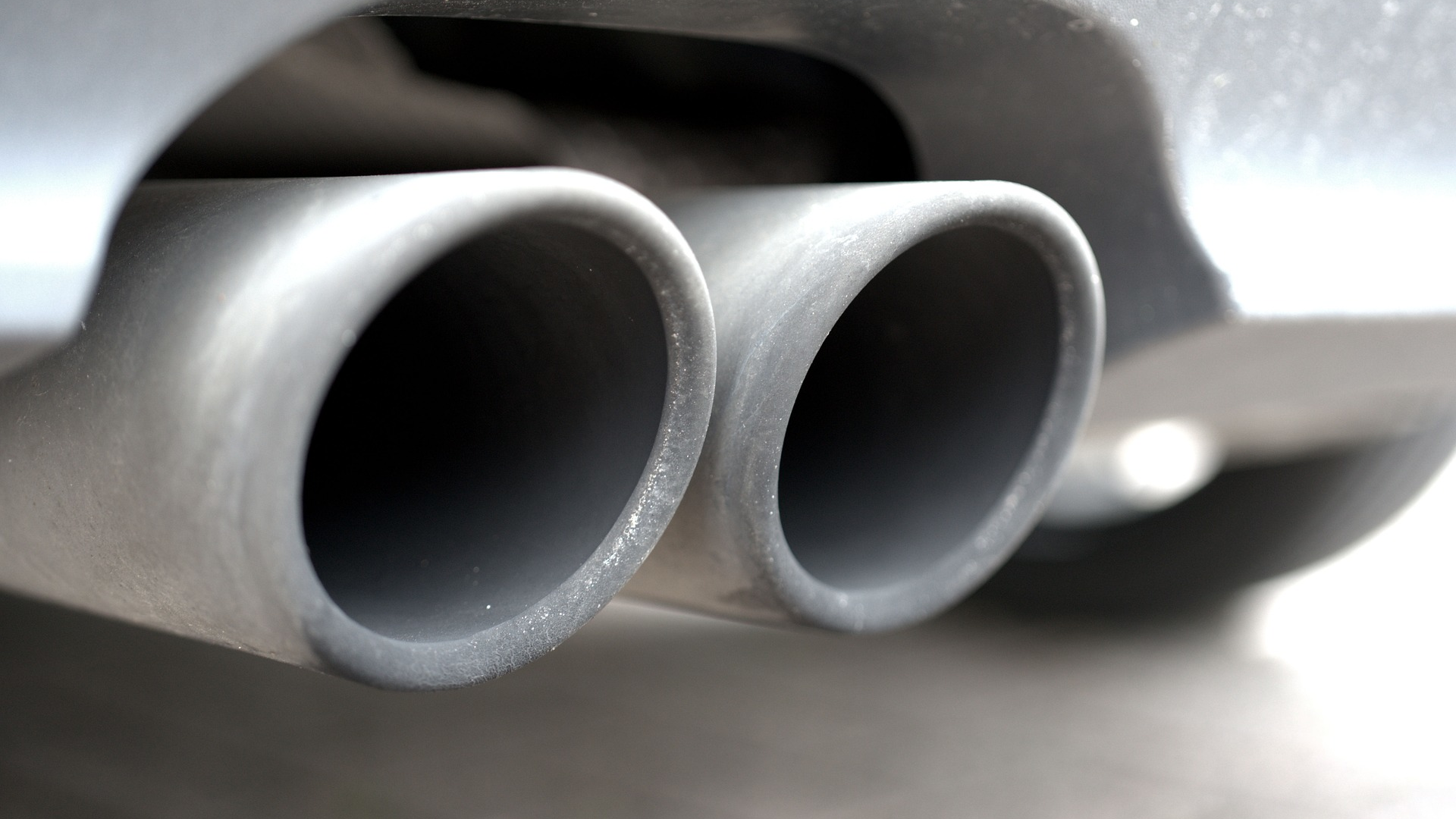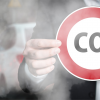Exhaust gas recirculation in diesel engines has been used for many years. It is a solution that contributes to the reduction of nitrogen oxide emissions by reducing the combustion rate and obtaining a lower maximum temperature. Check what it is and what benefits it brings.
What is the structure of the EGR system?
The first component of this system is the exhaust gas recirculation valve. Its task is to connect the exhaust pipe to the air intake system. The transducers, on the other hand, control the vacuum required by this valve. It is adapted to the current engine load. They can be mechanical or electrical. The last element is the thermal valves. Their function is very similar to that of pressure transmitters, but their work is temperature-dependent.
What is the principle of the exhaust gas recirculation system?
The most important part of the system is the valve that works constantly. The action is taken when the appropriate conditions are met. In this case, the engine must be running in the middle-speed range. It can then recover up to 35 per cent of the exhaust gas from the exhaust manifold. Exhaust gas recirculation does not work when the engine is started or under heavy load. What’s more, it does not take any action on gear zero. It also fails to do its job when a rich mixture is entering the engine. This is because too little nitrogen oxides are formed in this situation.
How is this done? The exhaust gas passed through the cooler returns to the intake duct. They are a kind of filler. Consequently, there is less oxygen in the cylinders. Therefore, the mixture burns under milder conditions. This is also accompanied by a much lower temperature. The result of all this action is less poisonous compounds. Properly working recirculation system can reduce the presence of hazardous substances by up to sixty per cent.
The proper functioning of the EGR system is controlled by a computer. The engine controls the unit and must have data from various sources, such as an airflow meter, an RPM sensor and a coolant temperature. Any failure of one of these components will prevent exhaust gas recirculation from working properly.

What are the main advantages of exhaust gas recirculation in diesel engines?
The main benefit of exhaust gas recirculation in diesel engines is the reduction of nitrogen oxides. This is due to the reduction in the mass of the exhaust gases that leave the engine exhaust system. Moreover, it also takes place by reducing the peak local combustion temperatures of the exhaust gas, which acts as an inert gas. It reduces the speed of the process and, as a result, creates lower temperatures. This is also caused by a lower oxygen concentration in the combustion chamber.
A characteristic feature of recirculated exhaust gases is a significant reduction in oxygen content in relation to that in the air. This produces a directly proportional amount of nitrogen oxides. However, the oxygen content in the chamber is still at a level that meets the requirements for the proper course of the combustion process.
Other positives associated with the exhaust gas recirculation in diesel engines provide
Other positive aspects of exhaust gas recirculation in diesel engines are also mentioned. The activation of this process immediately after starting the engine, as well as at the stage of its heating, makes it possible to avoid knocking combustion. It also effectively prevents uneven engine operation. Moreover, it also reduces the emission of hydrocarbons. You will also notice a softer operation of the car. This result is a consequence of reducing the pressure surges which have the effect of, inter alia, a loud engine growl. Among the significant advantages is also the reduction of PM emissions. Research reports that this could be as high as 10 per cent.
How does the operation of the diesel engine affect the degree of exhaust gas recirculation?
Various graphs showing the relationship between these factors. The greatest exhaust mass is recirculated when the engine load is light. Moreover, an inversely proportional relationship is observed, i.e. an increase in one element causes a decrease in the other. Moreover, in the range of maximum engine loads, the exhaust gases do not go through the recirculation process.
What are the possible failures of the exhaust gas recirculation system?
There are different types of damage to the exhaust gas recirculation system. These cases include the EGR valve stuck in the closed position. The cause of irregularities is usually a large amount of contamination. The solution to the problem may be cleaning the valve with the use of special preparations or replacing it with a new one. Another reason for a possible failure may be damage to the controller. This will block the entire element. When this happens, the only solution is to replace the exhaust gas recirculation system.
Using low-quality fuel often results in a loss of tightness by the EGR cooler. Therefore, it is necessary to regularly take care of the cleanliness of the system components and perform a systematic technical inspection, as well as replace worn parts. Thanks to this, you will take care of your finances and ensure the safety of yourself and other road users!
